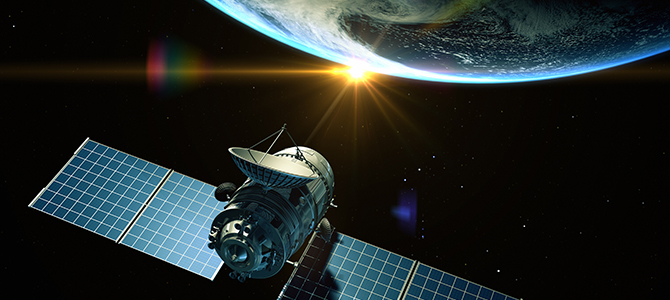Electrophysics becomes Electromagnetics, Fusion and Space Engineering
Master Programme offered at KTH

The master programme Electrophysics will become Electromagnetics, Fusion and Space Engineering.
The master programme in Electrophysics will become Electromagnetics, Fusion and Space Engineering. Programme Director Oscar Quevedo Teruel, why have you decided to make this change?
Electrophysics is a traditional name broadly employed in Sweden for master programmes that focus on plasma and electromagnetics. However, this is not the case of other countries, especially outside of Europe, where the name is not commonly used. Our Master Programmes at KTH are very international. With this new name, international applicants will more easily recognise the contents of the programme. Additionally, the new name uses more concrete words and emphasizes the industrial opportunities after graduation. Therefore, national and international companies will immediately understand the competences of our graduates.
What can the students expect from the new programme?
They can expect well-balanced studies including theory and practice. The theoretical studies will focus on the understanding of plasma physics and electromagnetics. Afterwards, the practical courses will aim to show how to apply this theory for fusion and space technology, including microwave, terahertz and optical devices.
Where do the students end up after their graduation?
The students will acquire a unique knowledge that can be applied for the future designs of fusion reactors, space technology, and communications systems. Just to give some examples, our previous students in Electrophysics are now working in companies such as Ericsson, developing the new generation of communication systems, in the European Space Agency, designing satellite technology, or in CERN, developing innovative engineering solutions for the particle accelerator.
